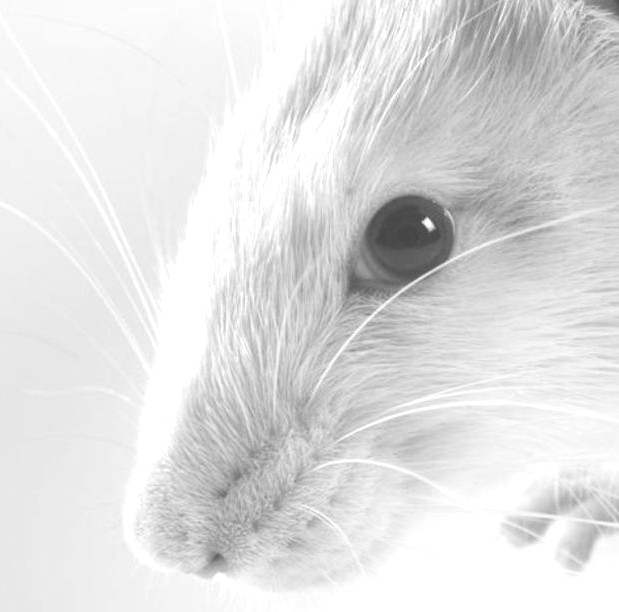Mouse models missing bugs
 New research says lab mice that live in a sterile environment have been missing something important; germs.
New research says lab mice that live in a sterile environment have been missing something important; germs.
The US study found that when lab mice had transplants of gut bacteria from their wild cousins, they were better able to fight off flu and bowel cancer.
The researchers say this might explain why animal studies often work out very differently when applied to humans, and that using lab mice with more natural gut microbes will let scientists perform experiments that more closely represent the natural world.
“We think that by restoring the natural 'microbial identity' of laboratory mice, we will improve the modelling of complex diseases of free-living mammals, which includes humans and their diseases,” said senior author Dr Barbara Rehermann.
“By being so different, natural microbiota will help us to discover protective mechanisms that are relevant in the natural world and absent in the laboratory,” said first author Dr Stephan Rosshart.
Mammals - humans included - depend on their microbiota, the collection of microorganisms they host in and on their bodies.
Evolution shapes each animal's microbiota, favouring populations of microorganisms that help the animal survive their environment and diseases they encounter. But laboratory mice are not random house mice plucked from a field or basement.
Laboratory mice are carefully bred, fed, and raised in tightly controlled conditions so that each mouse has predictable traits and genetics. This is a great advantage in basic biology research, but creating that predictability means that a controlled environment, and not the survival pressures of the outside world, shaped the microbiotas of laboratory mice.
“We hypothesised that this might explain why laboratory mice, while paramount for understanding basic biological phenomena, are limited in their predictive utility for modelling complex diseases of humans and other free-living mammals,” said Dr Rosshart.
So, the researchers tried to give laboratory mice back what they have lost: a naturally co-evolved wild mouse gut microbiota.
The researchers trapped more than 800 wild mice from eight locations across Maryland and the District of Columbia to find healthy, suitable candidates for a gut microbiota donation.
They then tested and compared the gut microbiomes (collective genomes of the gut microbiota) of the wild mice (Mus musculusdomesticus) and a common strain of laboratory mice, called C57BL/6, from multiple sources.
The researchers confirmed that C57BL/6 mice had distinct gut microbiomes from wild mice.
Researchers then introduced (engrafted) the microbiota of wild mice to pregnant, germ-free C57BL/6 mice.
Germ-free mice are raised in a sterile environment and do not have microbiomes of their own. For a control group comparison, the researchers also engrafted microbiota from regular C57BL/6 mice into a separate group of pregnant, germ-free mice.
Four generations later, the mice still carried either the wild microbiomes or the control laboratory microbiomes passed down from their foremothers.
When exposed to a high dose of influenza virus, 92 per cent of the laboratory mice with wild microbiomes survived, whereas only 17 per cent of laboratory mice and mice in the control group survived.
In other experiments, the laboratory mice with wild microbiomes had better outcomes in the face of induced colorectal tumours, whereas the other mice had a greater number of tumours and more severe disease.
The beneficial effects of the wild microbiota were associated with reduced inflammation in both models.








 Print
Print